Ultimate Guide to Gardening all Year Round
Gardening is a fun and rewarding hobby that allows you to connect with nature, move your body, and enjoy fresh produce and beautiful flowers.
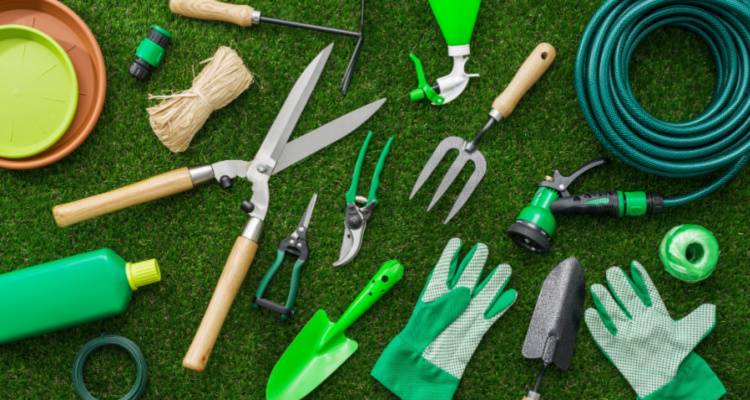
However, for new gardeners, it can be challenging to know the best timings for tasks in the garden throughout the year, especially if you live in a place with harsh weather conditions or a limited growing season.
We’ll guide you through the ultimate guide to gardening all year round, providing you with tips and tricks for each month of the year.
January
January may seem like a quiet month for gardening, but it is the perfect time to start planning for the upcoming growing season.
Here are some things you can do in the garden in January:
- Plan your garden: Take some time to sketch out your garden layout and decide what you want to plant throughout the year. Make a list of the plants you’ve been yearning to grow, and do some research to determine when to plant them and what conditions they’ll need to thrive.
- Clean up your garden beds: Remove any debris and dead leaves from your garden beds. This will help prevent diseases and pests from spreading in the spring and keep your plants thriving all year round.
- Start seeds indoors: If you want to get a head start on your garden, you can start some seeds in the comfort of your own home. You will need a warm, sunny location, such as a windowsill, and some germinating or seed-starting soil.
February
February may be cold and snowy, but there are still things you can do in the garden to prepare for spring.
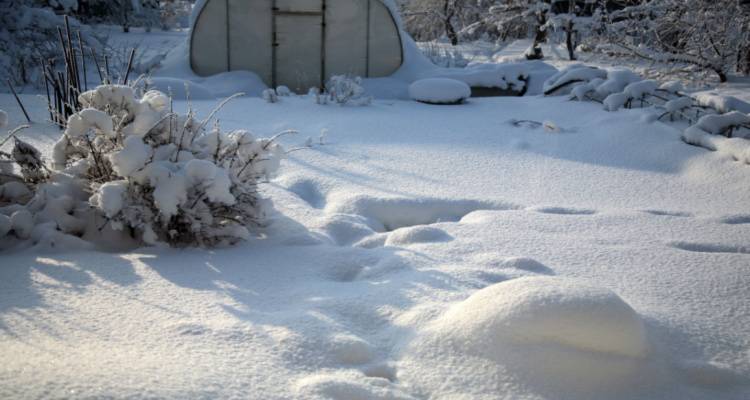
Here are some things to consider in February:
- Prune your fruit trees: Late winter is the ideal time to prune fruit trees, as it promotes new growth in the spring. Be sure to remove any dead or diseased branches, as well as any that are crossing or rubbing against each other.
- Check your garden tools: Before the gardening season starts, it's a good idea to inspect your tools and make any necessary repairs or replacements. Clean and sharpen your tools and oil any wooden handles to prevent cracking.
- Start a compost pile: If you don't already have a compost pile, February is the perfect time to start one. You can use it to recycle kitchen scraps and yard waste into nutrient-rich compost that will help your new garden thrive.
March
March is the official start of spring, and it's a busy time outdoors.
Here are some things you can implement in March:
- Clean out your greenhouse: If you have a greenhouse, it's time to give it a spring clean and prepare it for the growing season. Wipe the walls and floors with a mild soap solution, and disinfect any pots or trays that you plan to reuse, ready for your new shrubs.
- Plant cool-season vegetables: March is a great time to plant cool-season vegetables such as peas, lettuce, spinach, and radishes. These crops can tolerate cool temperatures and will be ready to harvest in just a few short weeks!
- Divide and transplant perennials: If you have established perennials that have outgrown their space, March is a great time to divide them and transplant them to other areas of your garden.
- Plant your herbs: March is also a great time to plant your favourite herbs.
April
April is a busy time in the garden as the weather warms up and the growing season gets underway.
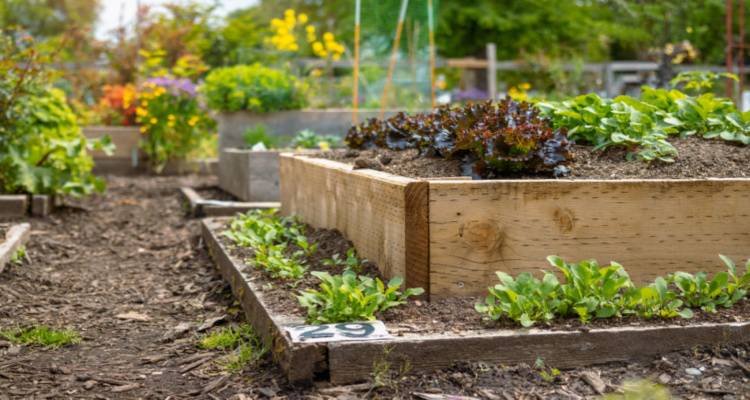
Here are some green thumb tasks you can do in April:
- Plant trees and shrubs: April is an ideal time to plant trees and shrubs, as the soil is starting to warm up and plants are coming out of dormancy. Be sure to choose plants that are well-suited to your climate and soil conditions.
- Start warm-season vegetables indoors: If you want to grow warm-season vegetables such as tomatoes, peppers, and eggplants, you can start them indoors in April. These plants require warm temperatures to germinate and grow, so they will need to be started indoors before they can be transplanted outside.
- Mulch your garden beds: Mulching your garden beds in April can help retain moisture, suppress weeds, and regulate soil temperature. Use a natural mulch such as straw or wood chips, and be sure to leave a small gap around the stems of plants to prevent rot.
May
May is a beautiful month in the garden, with flowers blooming and crops starting to produce.
We love May tasks, and here are some of our favourites:
- Plant warm-season vegetables: May is the perfect time to plant warm-season vegetables such as tomatoes, peppers, and squash. Be sure to choose varieties that are well-suited to your climate and provide them with plenty of sun, water, and nutrients.
- Fertilise your garden: As plants start to sprout vigorously in May, they will need extra nutrients to support their growth. Apply a balanced organic fertiliser to your garden beds, always following the instructions on the label.
- Check for pests and diseases: Keep an eye out for pests and diseases in your garden, and take action to prevent them from spreading. Remove any infected leaves or plants, and consider using organic pest control methods such as companion planting or insecticidal soap.
June
With lots of crops producing and flowers blooming, June is bustling with plant life and nature.
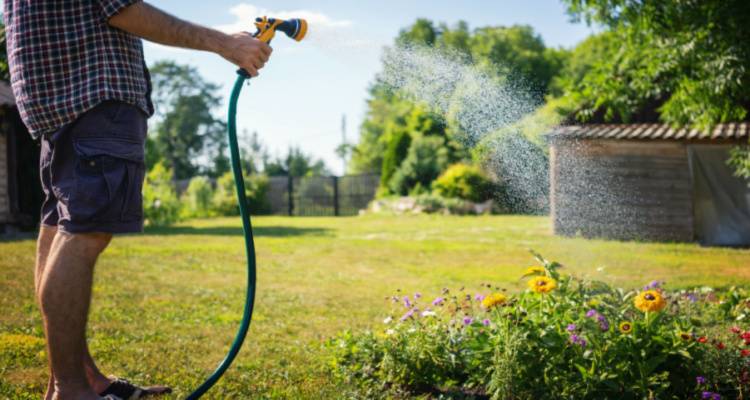
Here are some tasks you can carry out throughout June:
- Harvest your crops: June is a great time to start harvesting crops such as peas, lettuce, and strawberries. Be sure to pick them at the right time, when they are fully ripe and before they start to rot.
- Deadhead your flowers: To encourage your flowers to bloom again, deadhead them regularly by removing wilting and dead flowers. This will also prevent them from going to seed and spreading throughout your garden.
- Water your garden regularly: As the weather starts to warm up in June, your garden will need more water to stay hydrated. Water your plants thoroughly and regularly, especially during hot and dry spells.
- Add shade: Now it's heating up, you might want to think about adding some shade to your garden so you can enjoy it on those especially hot days.
July
July is usually expected to be one of the hottest months of the year, and it's a great time to enjoy the fruits of your labour.
Here are some things you can expect to do in July:
- Plant autumn crops: If you want to extend your growing season, July is the perfect time to plant autumn crops such as kale, broccoli, and Brussels sprouts. These crops can tolerate cooler temperatures and will be ready to harvest in autumn.
- Prune your fruit trees: If you have fruit trees, July is a good time to prune them to promote new growth and improve their shape. Be sure to remove any dead or diseased branches, as well as any branches that look confined. This will prevent them from damaging each other.
- Harvest and preserve your crops: July is the peak of the harvest season, so be sure to pick your crops regularly and preserve them for later use. You can freeze, can, or dehydrate your fruits and vegetables to enjoy them throughout the year.
August
August is a time of abundance, with lots of plants producing and flowers blooming beautifully.
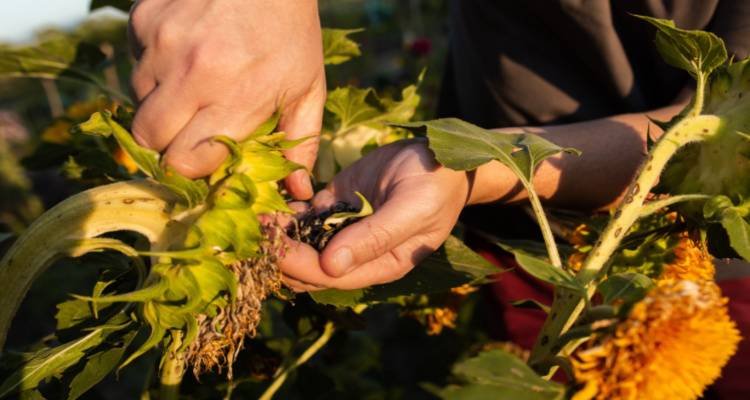
Here are some fun garden tasks you can do in August:
- Harvest and save seeds: As your plants start to go to seed, you can harvest and save the seeds to plant next year. Be sure to choose seeds from the healthiest and most productive plants and store them in a cool, dry place.
- Plant cover crops: If you have empty garden beds, August is a good time to plant cover crops such as clover or rye. These crops will improve the soil quality and prevent erosion over the winter.
- Start an autumn garden: If you want to keep your garden going into autumn, August is the perfect time to plant a second crop of cool-season vegetables such as lettuce, spinach, and radishes. These crops will thrive in the cooler temperatures of autumn and will provide you with fresh produce well into the season.
September
September is a time of transition, with some crops and shrubs finishing up and others just starting to produce.
Here are some bits you can get busy with in September:
- Harvest your late-season crops: September is a good time to harvest late-season crops such as pumpkins, winter squash, and late-maturing tomatoes. Ensure you pick them before the first frost and store them in a cool, dry place.
- Clean and organise your garden tools: As the gardening season winds down, it's a great time to clean and organise your garden tools for the New Year. Sharpen your pruners and shears, oil your garden tools, and store them in a dry place for the winter.
- Plant bulbs for spring: September is the perfect time to plant bulbs for spring-blooming flowers such as tulips, daffodils, and hyacinths. Choose a sunny spot with well-draining soil, and plant the bulbs at a depth of two to three times their height.
October
As the weather starts to cool down and the leaves start to fall, your garden plants will begin to transition.
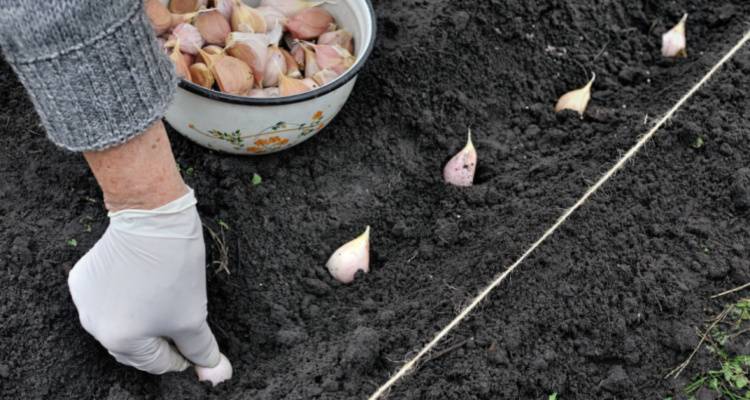
Here are some things you can do in the spooky month to keep your shrubs happy:
- Clean up your garden beds: As your plants start to die back, it's the optimal time to clean up your garden beds. Remove any dead plants, weeds, or debris, and add them to your compost pile.
- Plant garlic: October is the perfect time to plant garlic for next year's harvest - great for any garlic bread lover! Choose a sunny spot with well-draining soil, and plant the cloves about six inches apart and two inches deep.
- Prepare your garden for winter: As the weather starts to cool down, it's a good time to prepare your garden for winter. Mulch your garden beds, cover any delicate plants with burlap or blankets and protect your garden structures from the elements.
November
November tends to be peaceful and rather quiet, as most of the plants have died back, and the weather starts to get cold.
However, there’s still plenty you can crack on with:
- Plant cover crops: If you have empty garden beds, November is a great time to plant cover crops such as winter rye or clover. These crops will improve the soil quality and prevent erosion over the winter.
- Prune your trees and shrubs: November is a good time to prune your trees and shrubs to promote new growth and improve their shape. Don’t forget to remove any dead branches or branches displaying disease or rot.
- Clean and store your garden tools: As the gardening season comes to a close, it's a good time to clean and store your garden tools for the winter. Oil your tools to prevent rust, and store them in a dry place until next spring.
December
December is the month of festivities! There may not be much you can do outdoors, as most of the plants have died back, and the weather is cold and snowy.
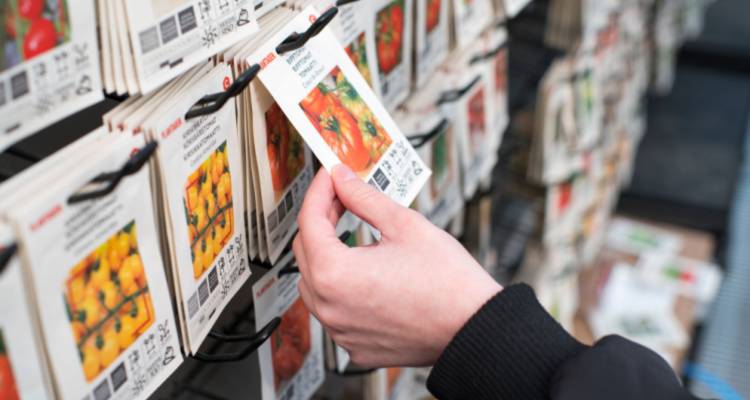
However, there are still some things you can do for your garden:
- Plan your garden for next year: December is a good time to plan your garden for next year. Decide what crops you want to grow, where you want to plant them, and what changes you want to make to your garden design.
- Order seeds and supplies: If you're planning to start your garden from seed next year, December is the perfect time to order your seeds and supplies. Choose a reputable seed company, and order early to ensure that you get the varieties you want.
- Enjoy the winter: Just because it's winter doesn't mean you can't enjoy your garden. Take a walk through your garden and appreciate the beauty of the winter landscape. You can also hang bird feeders to attract winter birds to your garden for that extra touch of wildlife and nature.
- Add a fire pit. If the weather is mild, why not sit outside in the evening around a firepit and get cosy?
- Get ready for Santa! Add Christmas lights, inflatable characters and more to get into the Christmas spirit. You can get creative and change your garden into a Christmas wonderland for your family to enjoy. Why not add an outdoor seating area, too?








